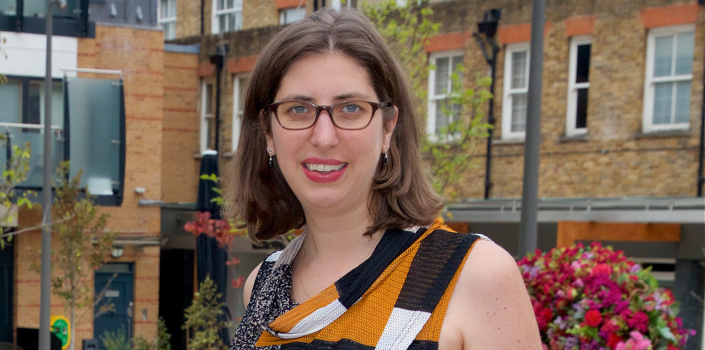It is inherent in the human race to have a fear of the unknown; and this is apparent as we start to see Artificial Intelligence (AI) implemented across the architecture and design industry. From generative AI programs such as Midjourney that are able to take a few words and generate a photo-realistic vision, to 3D printing becoming optimised with AI software, designers are having to adapt the way we work and communicate to integrate AI within our profession.
At its core design is a taste-driven field. A form of art. There are design trends and there are designs that defy trends. AI generative software such as Midjourney is changing this. It means we’re able to do away with the traditional hand-sketch and create concepts at the click of a button – challenging what is a ‘trend’ and what it means to produce a design from scratch. Some may fear that this process is impacting architecture negatively, creating ephemeral and beautiful images that are pushing us towards ‘copy-paste’ designs accessible to all and challenging the skill of the artist itself.
However, I believe that AI cannot replace our roles as architects and designers. Instead, we are being challenged to increase our level of human interaction even more. So much of what we do is driven by our human instincts – a small tweak to the form here, a change of angle there; and then complemented by the relationship we build with our clients. We are trained to think beyond the conceptual vision and adapt our designs to meet budget, time and site constraints as well as many other external factors that are project specific. It is this emotional intelligence that a series of words cannot capture and where the ‘human touch’ and designers’ ability cannot be underestimated or replaced.
Our clients will want even more unique designs that AI software simply cannot mimic or produce, and we will begin to push ourselves towards art and collectible design rather than unimaginative “cookie cutter” designs. It is at this intersect where we can start to really use AI to our advantage; blurring the boundary between art and architecture and adapting machine learning to help us achieve our design outputs.
At HagenHinderdael, we do this through 3D printed sustainable designs – working with innovative technologies and sustainable materials that push the boundaries of engineering. With partners such as Ai Build, who have developed AiSync software, we are teaching the robots to achieve double-curved forms or similar, changing their toolpaths and quality control processes to become smarter and more efficient each time and thereby reducing unnecessary prototyping and eliminating additional waste to achieve a more sustainable and energy efficient output.
Just as Tim-Berners Lee created the internet as a “collaborative space where you can communicate through sharing information,” so we should see AI as having the same impact and role in design. It should be seen as a tool rather than a hindrance, celebrating what technology has to offer and creating a space for technology within our design process.
